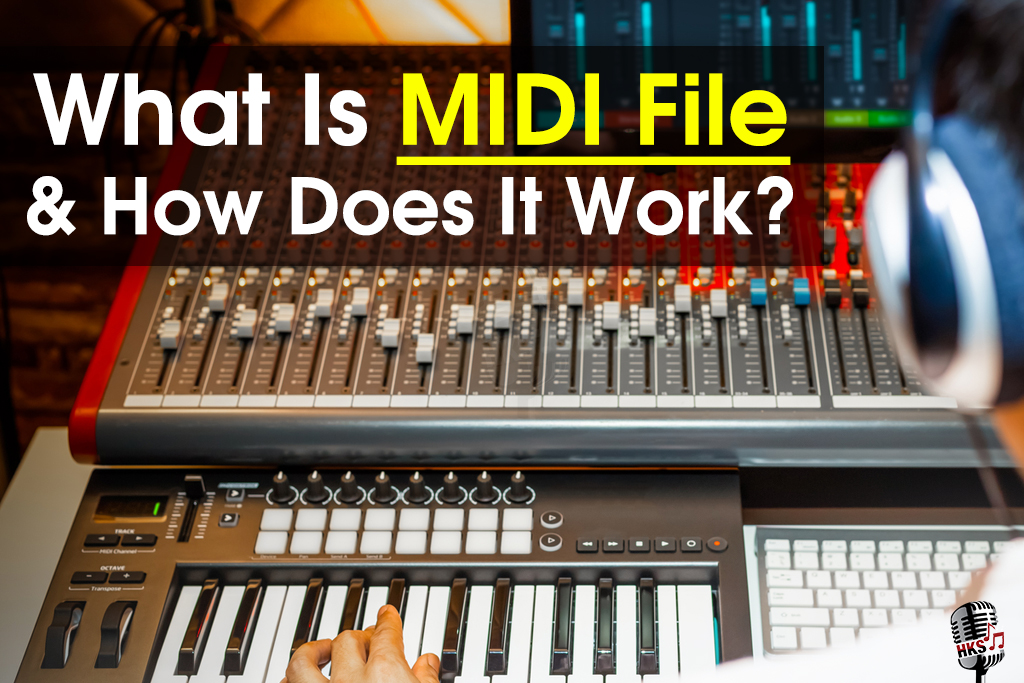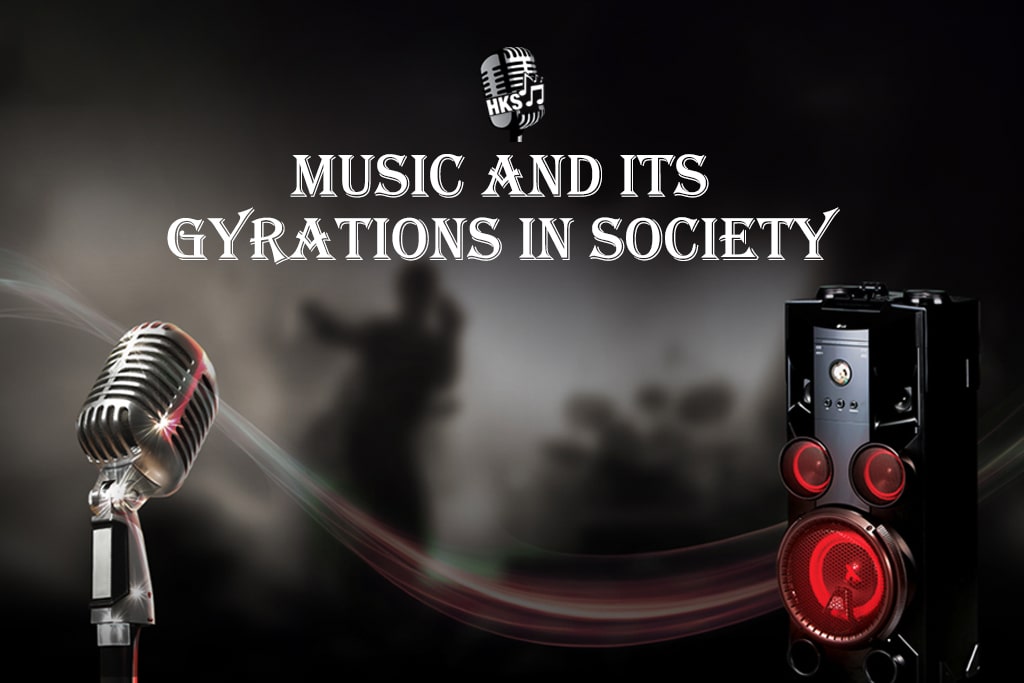Black Friday Store Wide Sale | 35% Off | USE COUPON CODE - BLACKFRIDAY35

We've all heard the term 'MIDI' at least once while working in the music industry or singing karaoke. However, many of us do not delve deeper into it to comprehend it. You've probably heard of MIDI instruments, MIDI tracks, and other similar terms. To give you a general understanding, MIDI stands for Musical Instrument Digital Interface. It is a standard mainly used to make musical sounds and enable instruments on computers to connect. Instrumental tracks for songs may be created rapidly using MIDI. Instead of recording the whole song with various instruments in real-time, you can programme everything to generate the sound; this is why MIDI File have become so popular.
A Brief History of MIDI
Until 1983, there was no method to synchronise two electrical devices from different manufacturers, which resulted in a massive tangle. It meant that if you wanted to synchronise two separate instruments, they had to be made by the same company; otherwise, you wouldn't be able to do so.
It was like two individuals who spoke different languages and had no idea what the other person was saying were locked in a room together and forced to interact.
The idea of MIDI was initially conceived in 1980 when the owners of sizeable musical instrument companies, including Roland, Oberheim Electronics, and Sequential Circuits, met down to discuss a global language that all musicals could understand instruments alongside Yamaha Korg and Kawai. Finally, in November of 1981, at the Audio Engineering Show, the concept of a musical "standard" was born.
What is the mechanism behind it?
The majority of MIDI is made up of computer signals, programmes, and translations. As a result, MIDI does not function as you might expect from a musical instrument; it does not deliver sound signals. Instead, it transfers a series of binary numbers like any other binary computer programme (1s and 0s).
Computers translate each of these signals and then reply by merging them into 8-bit signals. It can handle data speeds of up to 31.2 kbps.
The computer then uses these messages to detect a lot of relevant musical information.
There is a conventional set of seven notes in music that range from A to G with several variants. When we consider the octaves of each note, however, the number grows dramatically. According to that reference, MIDI may output up to 128 notes, covering five octaves below middle C and ten octaves above G. As a result, and you can play whatever note you choose.
Numbers ranging from 0 to 127 are used to represent other variables, such as velocity. For example, a 127 denotes the loudest sound, while a 0 indicates no sound.
Any instrument or device that knows MIDI may read these specified numbers. That is why MIDI is such an essential tool in the music business.
This type of MIDI is known as 'general MIDI,' but it's important to remember that it's not the same as MIDI.
The capacity of an instrument changes based on its age.
- General MIDI Level 1 has a minimum of 128 patches, 24 polyphony notes, 16 channels, and 16 part multitimbrality. It was first created in 1991.
- In 1999, the system was upgraded to include more sounds and functionalities. There are 32 polyphonic notes, 16 simultaneous instrument sound patches, reverb and chorus effects, and 32 simultaneous instrument sound patches.
Because MIDI is not an audio transmission but rather a binary code, it is not restricted to music production. Instead, any software that can read and support MIDI may utilise it.
What is the process of transferring MIDI data?
MIDI is an older form of connection that predates USB. As a result, if you're new to music production, standard MIDI may take a bit longer to grasp.
The traditional MIDI system is a one-way communication method. As a result, MIDI devices have 'MIDI in,' 'MIDI out,' and 'MIDI Thru' connections. A unique cable called as a MIDI cable is used to make these connections (no shock there). There are three wires in each cable: two for data transmission and one for shielding.
What are the tools you'll need to make music with MIDI?
Utilising the Computer
The MIDI sequencer included in your Digital Audio Workstation (DAW) software is the most straightforward way to produce MIDI sounds.
You may manually put notes into your piano roll with your mouse pointer within your DAW application and then change other parameters. Doing it this way, however, is a time-consuming and inefficient process.
So that's all you'll ever need to know about MIDI and how it works. It is one of the most innovative breakthroughs in the music industry, and it greatly simplifies the manufacturing of Karaoke Music. And that is how you quickly get access to your favourite karaoke tracks; Keep Singing!








Liza Bagsit
3 years ago
Thanks, to share the complete info about midi file. Really nice blog.
Vineet shukla
2 years ago
It's a great resource for anyone seeking to learn about MIDI and its role in creating karaoke tracks and music production. Keep up the good work!
Rima Jain
2 years ago
This blog post provides a clear and concise explanation of MIDI, its history, mechanism, and practical applications. It simplifies complex concepts, making it accessible to readers of all levels. very nice blog Great job Hindi karaoke shop